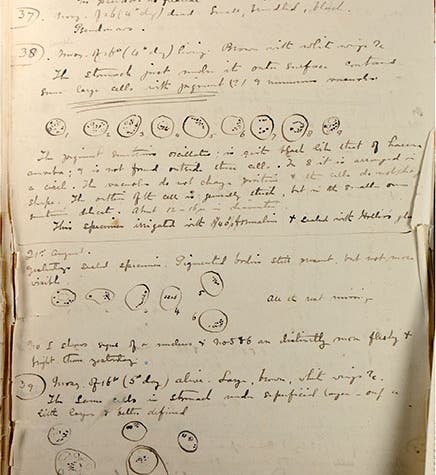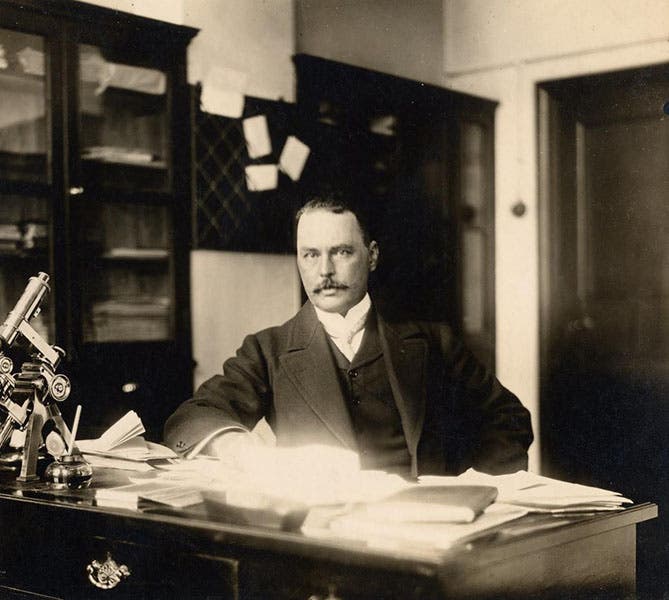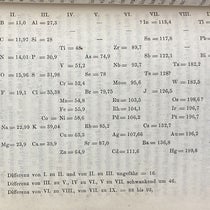Scientist of the Day - Ronald Ross
Ronald Ross, an English physician, was born May 13, 1857. In 1881, Ross joined the British Medical Services and was sent to India, where he began a slow search for the cause of malaria, which was the number one killer disease in India. In 1880, a French physician in Algeria had discovered that malaria victims carry a parasite, Plasmodium, in their blood, and he suggested that this protist (a single-celled organism, NOT a bacterium) was the cause of the disease – the first protist to be so accused. But how human malaria victims acquired Plasmodium was a mystery. Several physicians, Ross included, suspected the mosquito, but no one could prove it – that is, no one could find Plasmodium in mosquitoes. One of the impediments was that there are so many different genera of mosquitoes, and, as it turns out, only one – Anopheles – carries the parasite. In the summer of 1887, after many failures, Ross allowed some Anopheles mosquitoes – he called them “dappled-wing” mosquitoes – to feed on a volunteer who already had malaria, and on Aug. 20, Ross finally identified the parasite in the gut of an Anopheles mosquito. The notebook page on which he recorded his observations on that day, with his drawings of Plasmodium organisms in a mosquito gut, still survives (first image). Within a year, Ross had found the parasite in the salivary glands of Anopheles mosquitoes, from which they enter the host when bitten by a mosquito, and eventually he worked out the complete life cycle of Plasmodium. For his efforts, Ross won the Nobel Prize for Medicine in 1902, only the second such prize to be awarded (the first was given in 1901 to Emil Adolf von Behring for developing a diphtheria serum). The day that Ross identified his first Plasmodium in the gut of an Anopheles mosquito, Aug. 20, has long been celebrated as World Mosquito Day, at least by the London School of Hygiene & Tropical Medicine. This would seem to be different from most other "World Days”, in that one is presumably not supposed to adopt a mosquito on that day or have your kids make pictures of them to put on the refrigerator. Interestingly, there is now a competing World Malaria Day on April 25, established by the World Health Organization in 2007 and championed chiefly by Johns Hopkins University. Apparently, there are trans-Atlantic factions in the drive to stamp out malaria.
There are many photographs online of Ross in his malaria days; we like this one of him in his office (second image). Ross has never, to my knowledge, been honored on a British postage stamp, but he has been featured on several issued by India, including this rather strange 1997 stamp, which started out as a portrait and ended as caricature. The Anopheles mosquito has been on many more; Portugal alone has issued at least 6 different Anopheles stamps, in the names of various former colonies. Ross died in 1932 and was buried in Putney Vale Cemetery in southwest London. The only other noted scientist that I know who is buried there is Howard Carter, who discovered King Tut’s tomb. Dr. William B. Ashworth, Jr., Consultant for the History of Science, Linda Hall Library and Associate Professor emeritus, Department of History, University of Missouri-Kansas City. Comments or corrections are welcome; please direct to ashworthw@umkc.edu.







